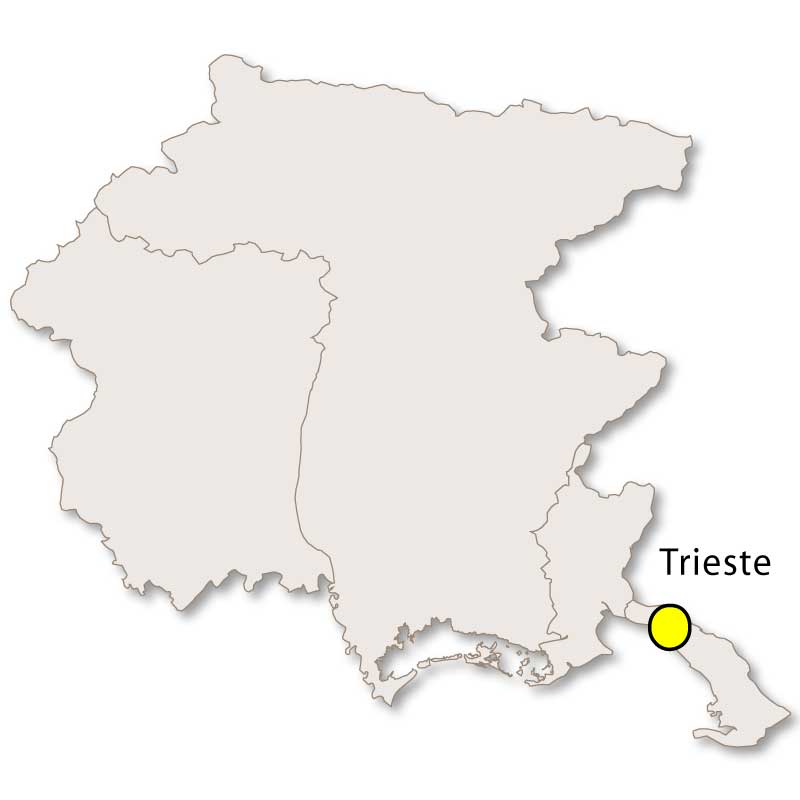
Cividale del Friuli is one of the most fascinating towns in northeastern Italy, celebrated for its unique blend of history, culture and natural surroundings. Located in the province of Udine within Friuli Venezia Giulia, it has been recognized as a UNESCO World Heritage Site for its important Lombard heritage.
The town is nestled in the foothills of the Julian Alps, close to the border with Slovenia, making it a crossroads of cultures for centuries. Its riverside setting along the Natisone, medieval streets and monumental architecture attract travelers who wish to explore a destination that combines charm, authenticity and history.
Cividale del Friuli was founded by Julius Caesar and originally called Forum Iulii, a name that later gave rise to Friuli itself. The town flourished under Roman rule, leaving behind remains of bridges, walls and urban layouts that still shape its structure today. This Roman foundation set the stage for centuries of cultural influence.
The Lombards made Cividale their first capital in Italy in the 6th century, leaving behind monuments of extraordinary importance. The Lombard Temple, with its intricate frescoes and stuccoes, is one of the finest examples of early medieval architecture in Europe. This legacy secured the town a place in UNESCO’s serial site dedicated to Lombard Italy.
The medieval character of Cividale del Friuli is preserved in its winding streets, stone houses and striking landmarks. The Devil’s Bridge, a symbol of the town, spans the Natisone with a dramatic arch and is steeped in legend. It provides one of the most picturesque views of the historic center and connects the community across the river.
The Cathedral of Santa Maria Assunta, with its Renaissance and Baroque influences, houses significant works of art, including the silver altar dedicated to the town’s patron saint. Palaces and cloisters from the Middle Ages reflect the town’s prominence as a religious and cultural hub throughout the centuries.
Cividale del Friuli is home to museums that showcase its long history and artistic heritage. The National Archaeological Museum, located in the former Palazzo dei Provveditori Veneti, exhibits Lombard artifacts, Roman relics and medieval treasures. Its collections are among the most important for understanding the region’s past.
The Christian Museum displays priceless religious art, including the famous Altar of Ratchis and the Baptistery of Callixtus. These masterpieces highlight the transition between classical and medieval styles, reflecting the town’s role as a cultural bridge in European history. Together, these institutions make Cividale a must for heritage travelers.
The town is not only about monuments but also about living traditions that continue to thrive. Festivals celebrate medieval history with costumed parades, jousts and re-enactments that bring the streets alive. Religious celebrations mark important feast days, blending solemnity with festive community spirit.
One of the highlights is the Mittelfest, a cultural festival dedicated to central European art, music and theatre, reflecting the town’s role as a crossroads of cultures. Markets, artisan fairs and gastronomic events further showcase the richness of Friuli’s traditions, giving visitors a deeper connection to local life.
Friuli Venezia Giulia is celebrated for its food and wine, and Cividale del Friuli is at the heart of this tradition. The region is famous for white wines such as Friulano, Sauvignon and Pinot Grigio, as well as reds like Refosco and Schioppettino. Wine routes pass through the surrounding hills, offering tastings and vineyard visits.
Local cuisine reflects a blend of Italian and Central European influences. Specialties include frico, a dish of cheese and potatoes, and cjarsons, filled pasta with both sweet and savory notes. Dining in Cividale means discovering flavors that tell the story of Friuli’s diverse heritage, accompanied by exceptional wines from its terroir.
Cividale del Friuli is a perfect base for exploring the wider province of Udine and beyond. The nearby hills and vineyards offer opportunities for walking, cycling and wine tourism. The Julian Alps provide dramatic landscapes for hiking and outdoor sports, while small villages retain traditional architecture and crafts.
The town’s location near the border makes it easy to explore both Friuli and neighboring Slovenia, adding an international dimension to the trip. Visitors can experience a blend of cultures within a short distance, highlighting the strategic and cultural importance of this region throughout history.
Reaching Cividale del Friuli is simple, with connections from Udine by train or road. The town is compact and best explored on foot, allowing travelers to appreciate its architectural details and lively squares. Parking is available outside the historic center for those arriving by car.
Accommodation ranges from boutique hotels in historic buildings to family-run guesthouses. Visitors who stay overnight can enjoy the quiet evening atmosphere, when the streets glow with soft lights and the river reflects the medieval skyline. Spending at least two days allows for a deeper exploration of both the town and its surroundings.
Cividale del Friuli is a jewel of Friuli Venezia Giulia, combining Roman origins, Lombard heritage and medieval charm. Its monuments, legends and traditions reveal a town that has played a pivotal role in shaping European culture. For travelers seeking authenticity, history and beauty, it represents an exceptional destination.
By offering a rich mix of architecture, festivals, gastronomy and wine, Cividale del Friuli embodies the spirit of Friuli. It is a place where ancient history meets vibrant local life, providing an unforgettable experience for those who wish to discover northeastern Italy in depth.

More Details



